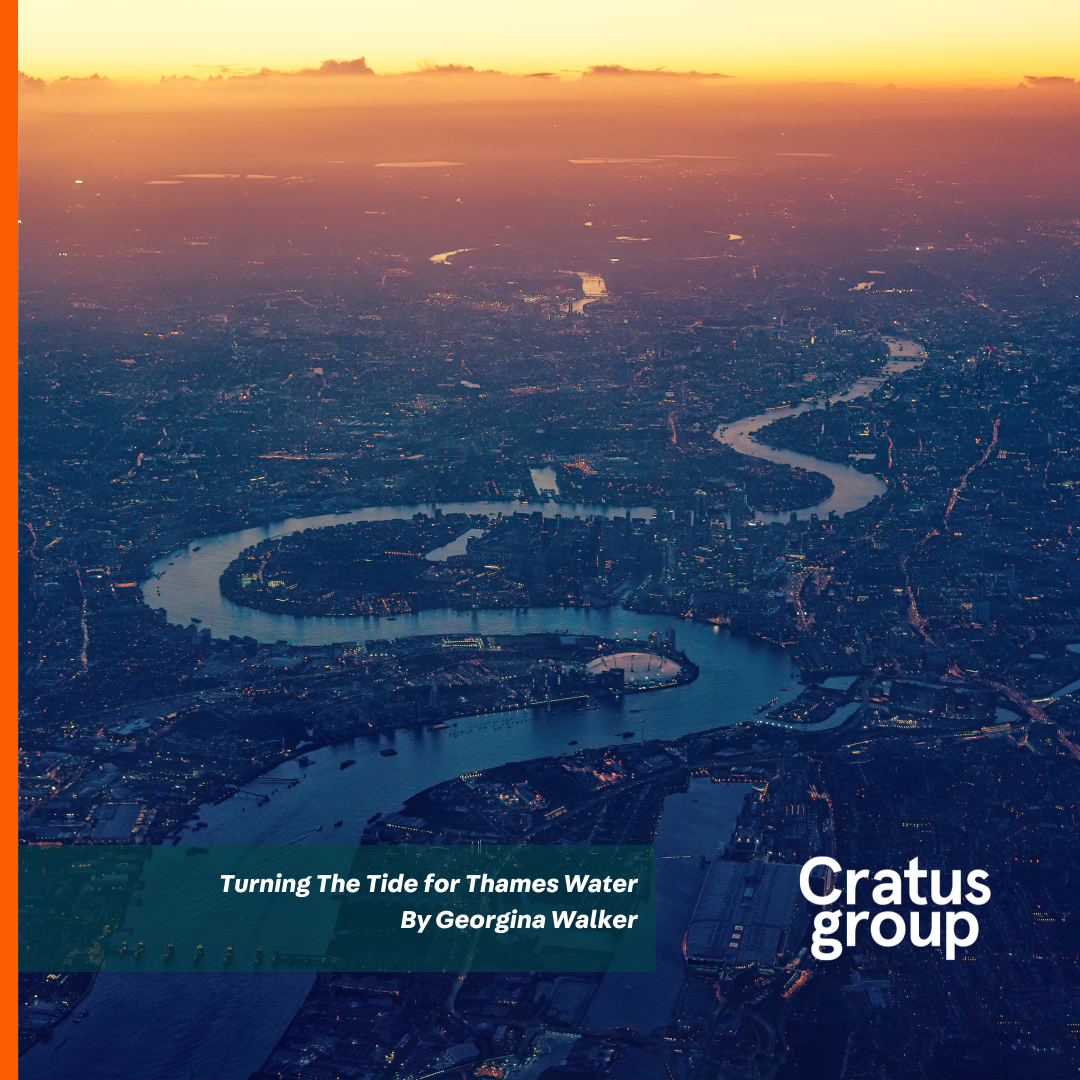Leisure Centres Under Threat
By Daniel Humphreys, Associate Director
I’ve enjoyed a rewarding and varied working life in and around local government and it all began nearly a quarter of a century ago. As a teenager I was employed as a pool attendant at Oswestry Leisure Centre. Like so many jobs in local government it was a very good one and I got to learn about the world of work in arguably more enjoyable working conditions than those enjoyed by most of my contemporaries.
Across the length and breadth of the country, indeed the western world, public council owned leisure centres are vital amenities for local residents. It’s another one of those (almost) cradle to grave services that we all too often take for granted. From learning to swim as toddlers to keeping active in later years our leisure centres play an important role in the lives of so many families.
The country’s medal haul at recent Olympic and Paralympic gains has been fantastic and a welcome improvement on times gone by when British hopes rested on just a handful of competitors. In swimming, athletics, cycling, boxing and many other sports British competitors like Adam Peaty, Laura Kenny, Nicola Adams and Jonnie Peacock are all household names. But we forget at our peril that for these amazing athletes, their first steps toward sporting greatness happened in leisure centres built by local councils.
Over the past two years many leisure centres have had to close their doors for extended periods due to the lockdowns. This has taken its toll on the finances of centres that are so dependent on regular income from paying customers. There’s also evidence that those closures have taken their toll on the health of the population. To take just one example, the ONS has recently published data suggesting that the number of schoolchildren who are classed as obese rose while the leisure centres were closed. This should concern us all.
Leisure centres are open and trading again but it is too soon to celebrate. We’re not out of the woods yet. The financial hit has been softened by government support packages but reserves have been wiped out and income is down on pre-pandemic levels. A recent report by Swim England has warned that 2000 public pools in the UK could be lost forever by the end of the decade if urgent work isn’t carried out to upgrade or replace them. Most of the 2000 leisure centres and pools were built in the late sixties and early seventies prior to the 1972 reorganisation of local government when councils were trying to spend their reserves in a hurry. That resulted in a boon for the provision of leisure services but those facilities are now at, or past, the end of their lives.
The leisure centre that I first worked at in Oswestry is no longer there having been replaced by a newer facility some ten years ago. Many other councils around the country have retired their centres and built new ones. I spend most of my Saturday mornings watching my children learn to swim at Worthing’s beautiful Splashpoint Leisure Centre. It’s of the utmost importance that other councils follow suit but the coffers of local government are running low and more help is needed.
Industry bodies, including the Local Government Association and the District Councils’ Network have joined together to call for a £1billion capital investment fund for public leisure facilities alongside a more immediate rescue fund to prevent leisure centre closures. As the government issues ‘levelling up’ funding to projects around the country and we await the Levelling Up white paper it must be sensible to ask ‘how can we truly level up communities if those leisure facilities that communities depend upon are under threat of closure?’.
For the sake of our health, community wellbeing, opportunities for all and a ‘levelling up’ of outcomes we need our public leisure centres to survive and thrive. We can’t afford to not rise to this challenge.







